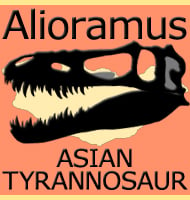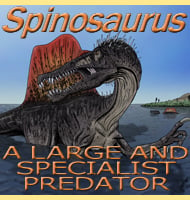Agnosphitys
In Depth The genus Agnosphitys seems to be destined to cause a lot of confusion in the future. To start there is no universal agreement upon the classification of Agnosphitys with some considering it to be an archosaur, a dinosauromorph to even a distinct saurischian dinosaur. To further add to the controversy, there has even … Read more

